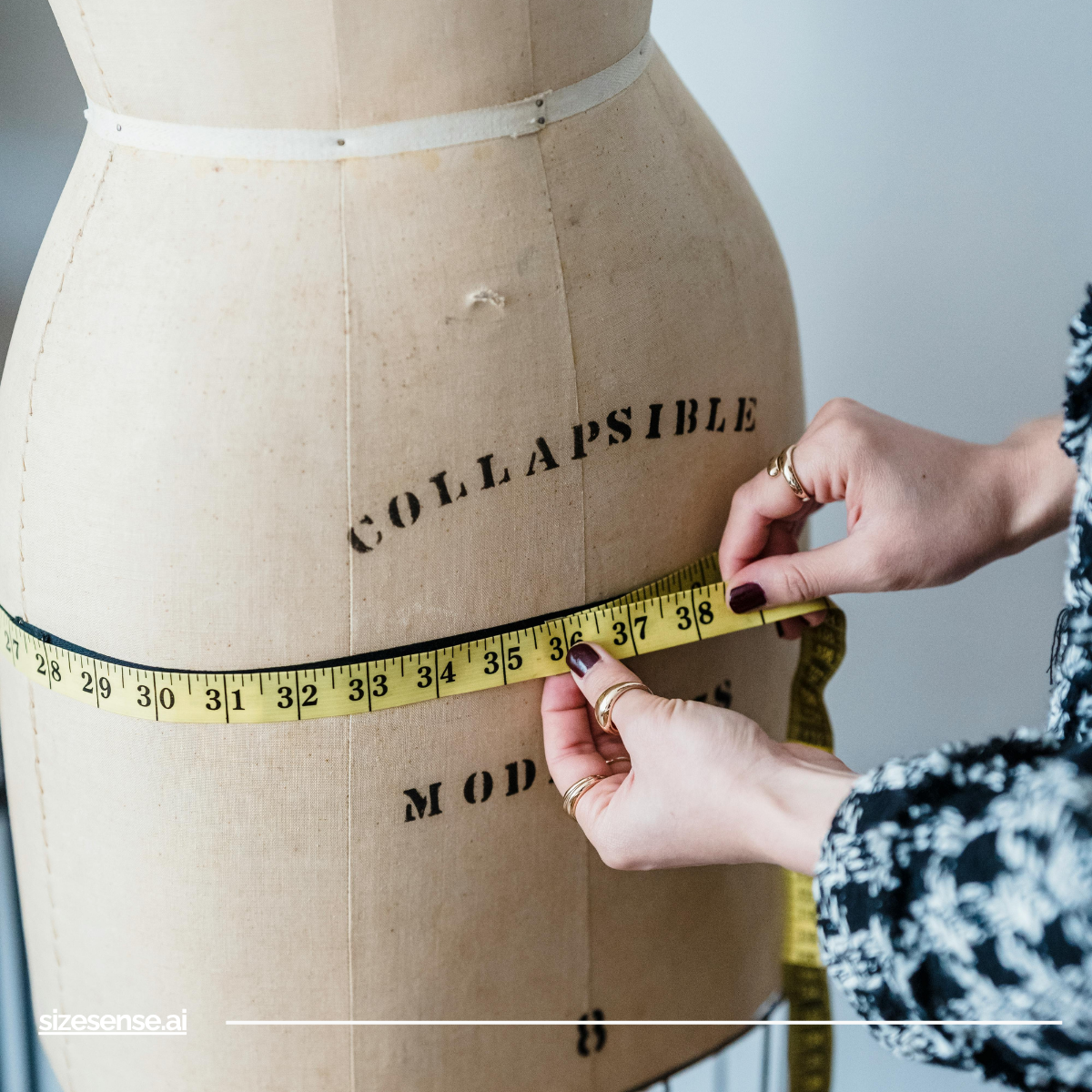When it comes to sizing in fashion, there’s a recurring debate that refuses to go away:
“Shouldn’t we just standardize sizing across brands?”
While it sounds ideal in theory, the reality is far more complex. As someone who’s spent years building algorithms for size recommendations – particularly for jeans and pants – I’ve seen firsthand why standardization in sizing isn’t realistic.
Sizing Is Not Just a Science – It’s Personal
One of the most technically challenging algorithms I developed was for bottoms – jeans and pants in particular. Why? Because sizing isn’t just about measurements. It’s intricately linked to fabric elasticity, body shape, and personal wear preferences.
To better understand this, I conducted two in-depth tests during my research:
- Measurement Study: I measured women’s existing low-waist, mid-waist, and high-waist jeans and pants. This included their actual body measurements as well as the garments’ elasticity.
- Live Fit Testing: I visited shopping malls with friends and coworkers, asking them to try on various sizes of the same jeans. I tracked both the garment and body measurements – including fabric elasticity – and asked for their fit preferences.
The results were eye-opening.
What I Discovered About Sizing and Fit
➡️ 30% of women deliberately chose jeans that were tighter than their actual size.
Some chose ultra-fitted jeans that left me wondering how they could sit comfortably – but for them, that skin-tight feel was exactly what they were looking for.
➡️ Pear-shaped women often opted for jeans with high elasticity.
Why? To ensure a snug fit around the waist while still accommodating the hips comfortably.
These patterns made one thing clear: there is no “true size” that works for everyone.
Why Standardization in Sizing Doesn’t Work
Let’s break down the core reasons:
1. Fabric Elasticity Changes Everything
Fabric with more stretch drastically alters how a garment feels – even if the size technically matches body measurements. Jeans with high elasticity can feel looser, while rigid denim can feel tight even if the numbers are right.
2. Fit Preferences Vary Wildly
Some customers prefer a body-hugging fit, others want a relaxed or oversized look. A garment labeled as a “Medium” might be perfect for one person and unacceptable for another – simply based on how they like their clothes to feel.
3. Size Stigma Influences Choices
Size isn’t just a number – it’s tied to identity and social perception. Many women feel pressure to fit into smaller sizes, even if it means sacrificing comfort. This leads to intentionally purchasing tighter, stretchier garments just to avoid going up a size.
Sizing Is Emotional, Not Just Technical
All of this points to a hard truth in fashion: sizing is deeply emotional. It’s shaped by how people want to feel in their clothes, how a fabric behaves, and how body shape interacts with garment design.
So when we ask, “Why can’t all brands just use the same sizing chart?” – we’re ignoring these fundamental truths.
Why Accurate Size Recommendation Tools Are Essential
Because standardization in sizing isn’t achievable, fashion brands need tools that offer personalized, dynamic size recommendations.
Great sizing tools do more than just match waist or hip measurements. They:
- Factor in fabric elasticity
- Adapt to different body shapes
- Consider personal fit preferences
- Reduce returns by ensuring the customer gets a garment that feels right, not just fits numerically
Conclusion:
The call for standardized sizing might come from a place of frustration, but the solution isn’t one-size-fits-all. True fit comes from understanding the full context of how a garment behaves and how a person wants to feel wearing it.
That’s why advanced sizing technology is the future – not standardization.

Leave a Reply
You must be logged in to post a comment.